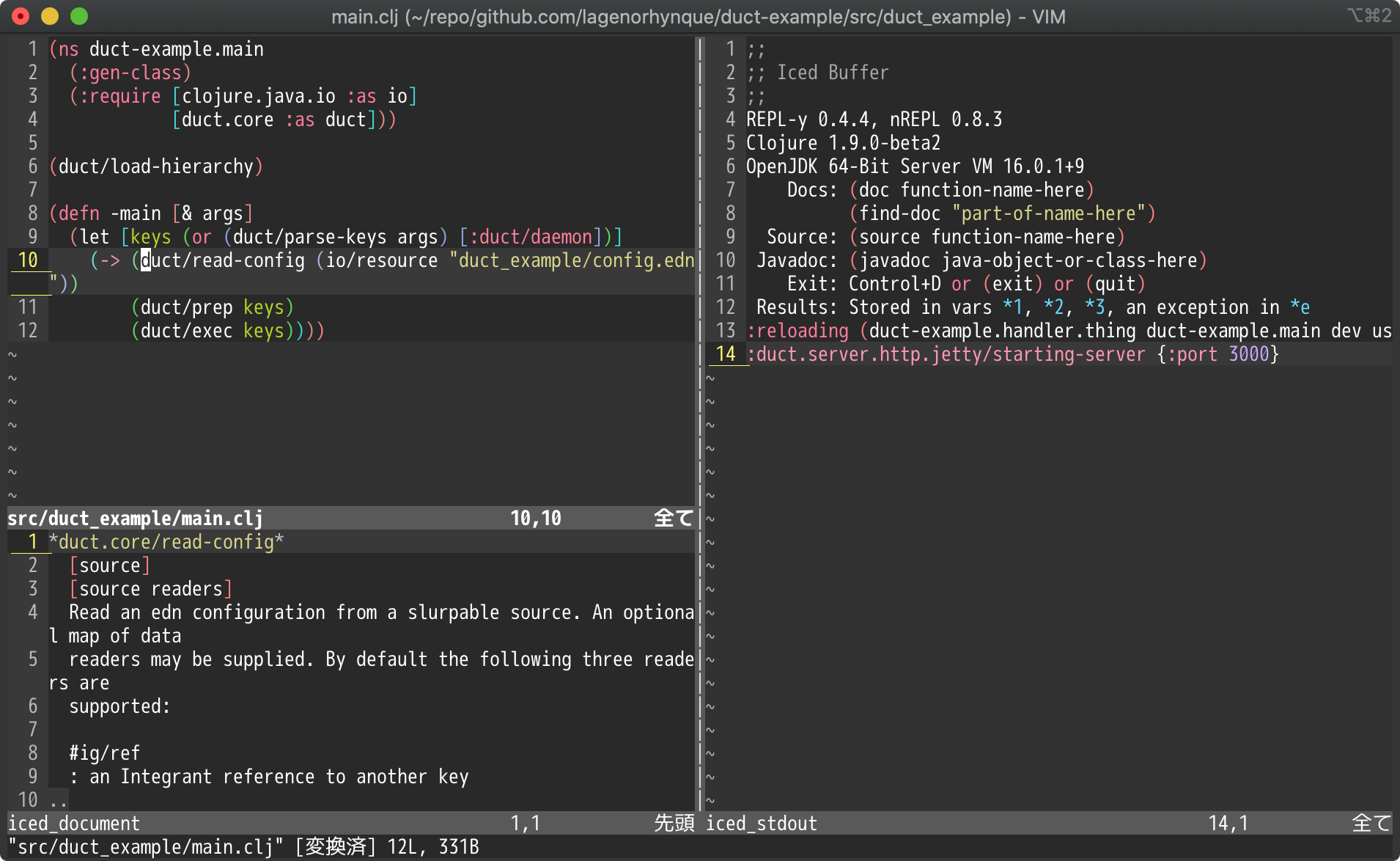

To use your cache memory in this concept you can use p ( paste/put)command. Having said that, you can also think of d command as cut. When deleting lines, words or characters with d command, vim actually saves them into cache memory for later use. To delete single line dd, delete n lines nddĬongratulations, you have reached apprentice user level in using vim text editor! Let’s continue this vim tutorial with paste command. To navigate to the end of the line use $ motion and to navigate vim to the beginning of the line enter 0 motion.ĭelete word with d operator and w or e motionĭelete to the end of the line with d operator and $ motionīeginning of the line 0, end of the line $, end of the 2nd word 2e beginning of the 4th word 4w If you want to navigate to the end of the line it would be silly to count words and then enter count and motion key-strokes. Try it and also try to play with w motion and count number. For example, to jump to the end of the 8th word you will enter count 8 and motion e thus: 8e. To do some magic trick you can use count number before motion key, which will multiply your action. When entering motion key w your cursor will be placed at the beginning of the following word. When in a command mode and entering motion key e your cursor will be placed to the end of the word. Press ESC to get into command mode, enter :q! to exit. Play video and watch bottom of the video screen for entered commands.Īt this point, of this vim tutorial you have learned: To do that we need press ESC and type :q!. Vim editor has two modes:Ĭommand mode is the one where we can instruct vim editor to exit to the command line ( shell ).

#Vim command e vs e how to
What you now need to know is how to exit from vim editor without saving changes. H key = LEFT, l key = RIGHT, k key = UP, j key = DOWNĪt the moment, you know how to open a file with vim and how to navigate vim cursor around. If the file does exists it will be opened.Īt this point of this vim tutorial you have learned: If the file does not exists it will be created. NOTE: You do not have to create a file prior to execution of the above command. Open some text file and try use above keys now: Moreover, once you get used to using vim with h, l, k, j you will move more quickly than using arrow keys. Vim was designed for all kinds of terminals where arrow keys may not be available for you. You can move cursor around also with arrow keys, however this is possible only if they are available. In vim you can move cursor around with following keys h, l, k, j which is left, right, up and down respectively. Vim Novice level ( Vim Basics ) Moving cursor around However completing this tutorial you will give sufficient knowledge about vim / vi and its features for your daily tasks.

Even that I have divided this tutorial into parts from novice to the expert user, there is plenty more what vim can do to make your work with vim editor easier and more efficient. It starts with real basics, such as cursor navigation and ends with more advanced techniques like merging files.įor every section of this tutorial there is a short video with hints to help you understand how vim / vi works. This tutorial has been written for both vi and vim.


 0 kommentar(er)
0 kommentar(er)
